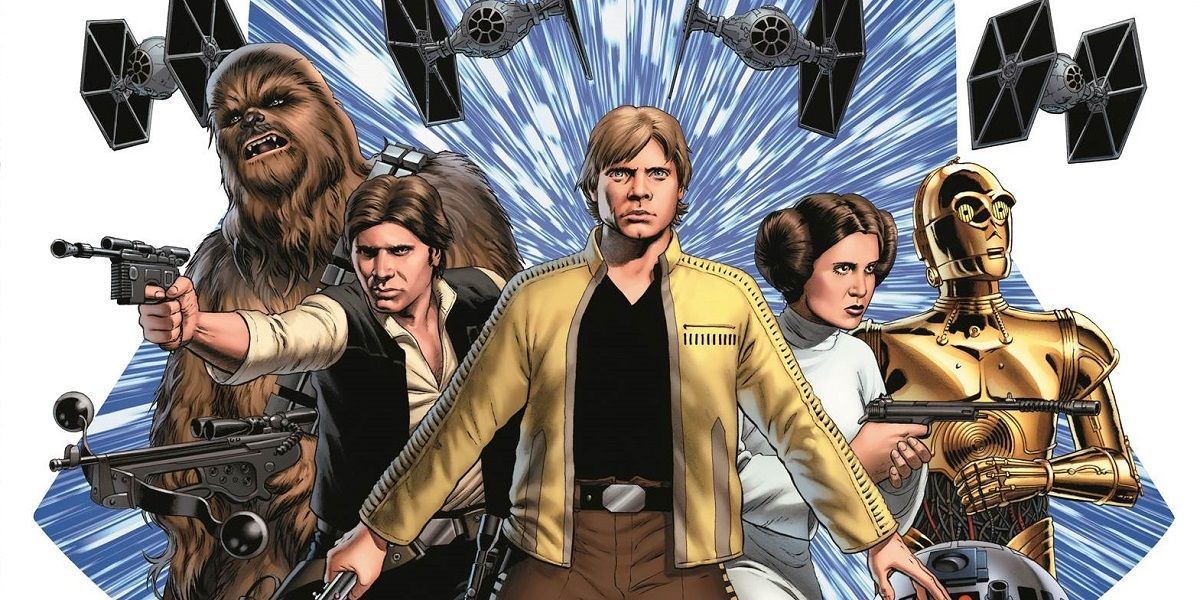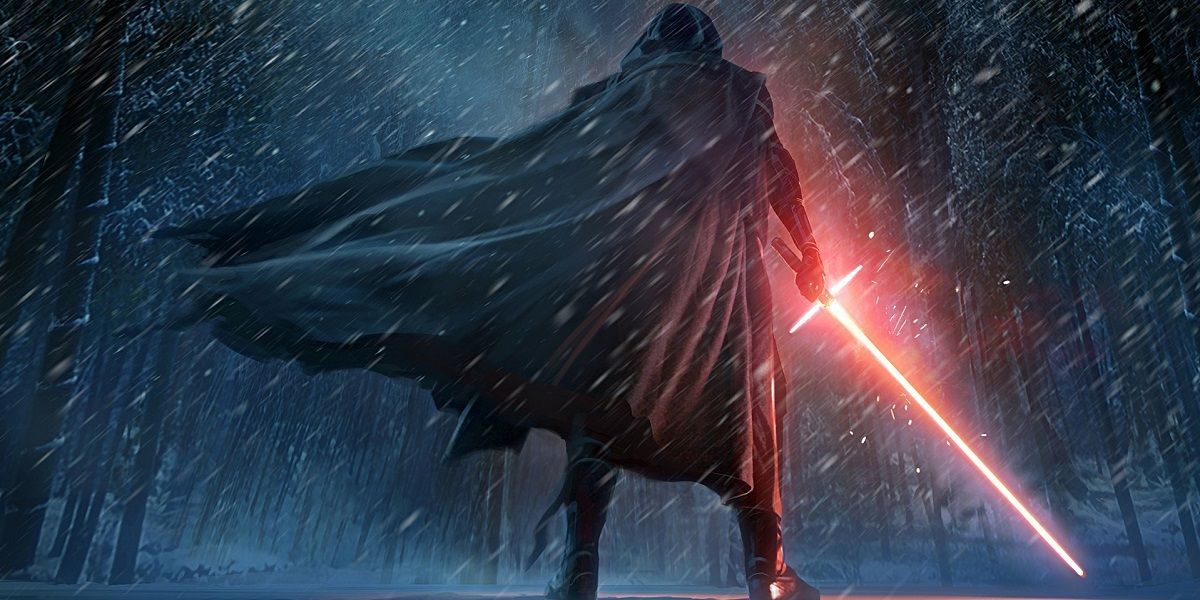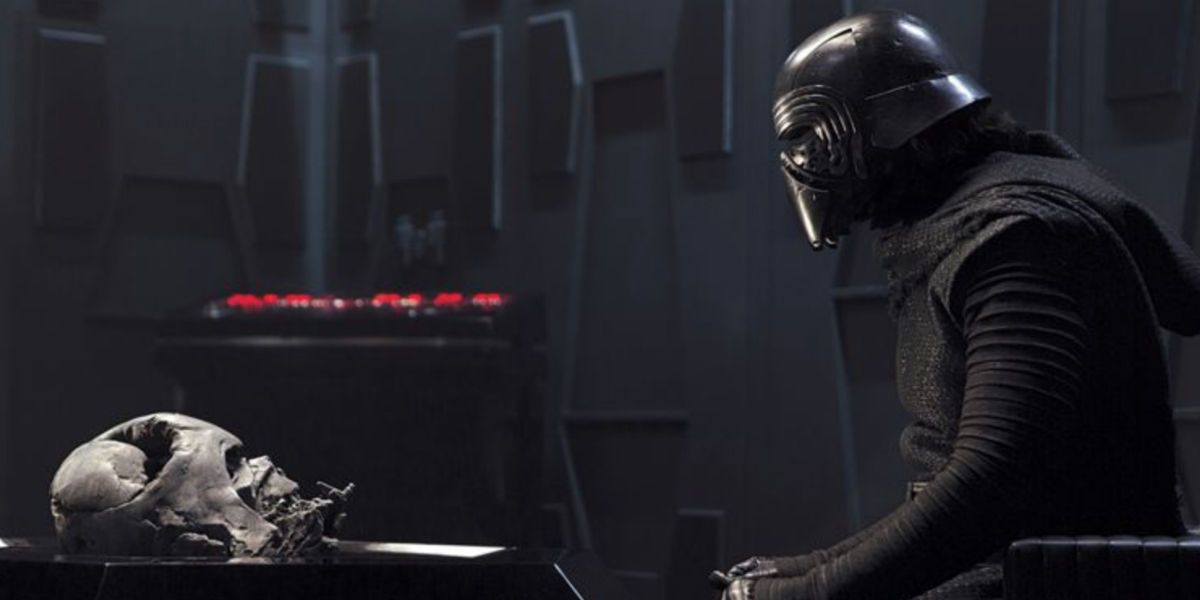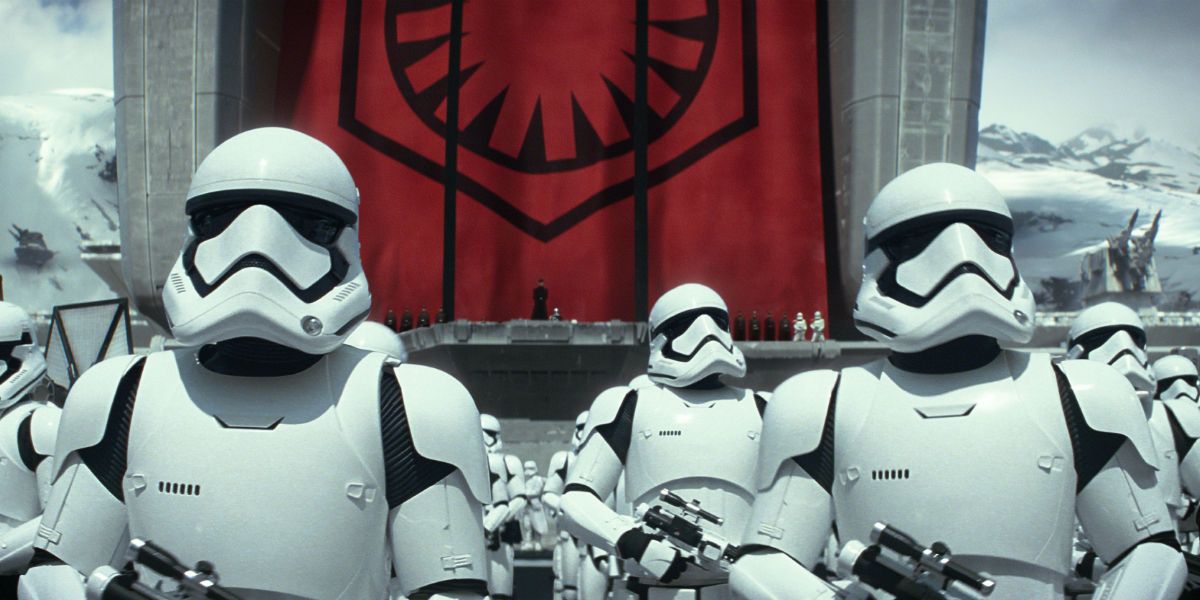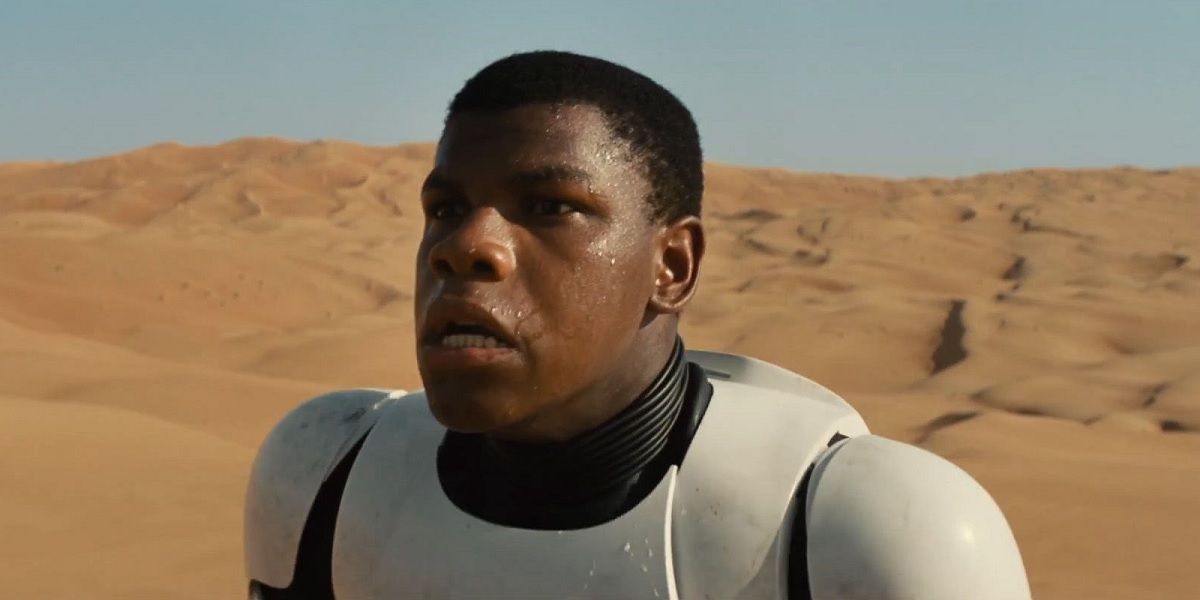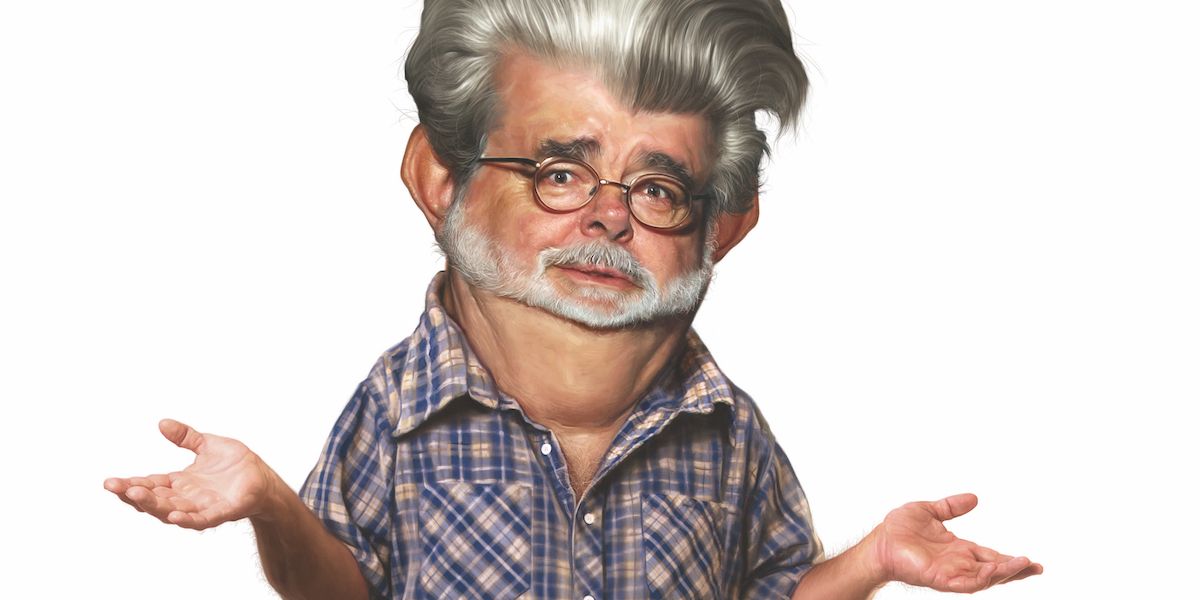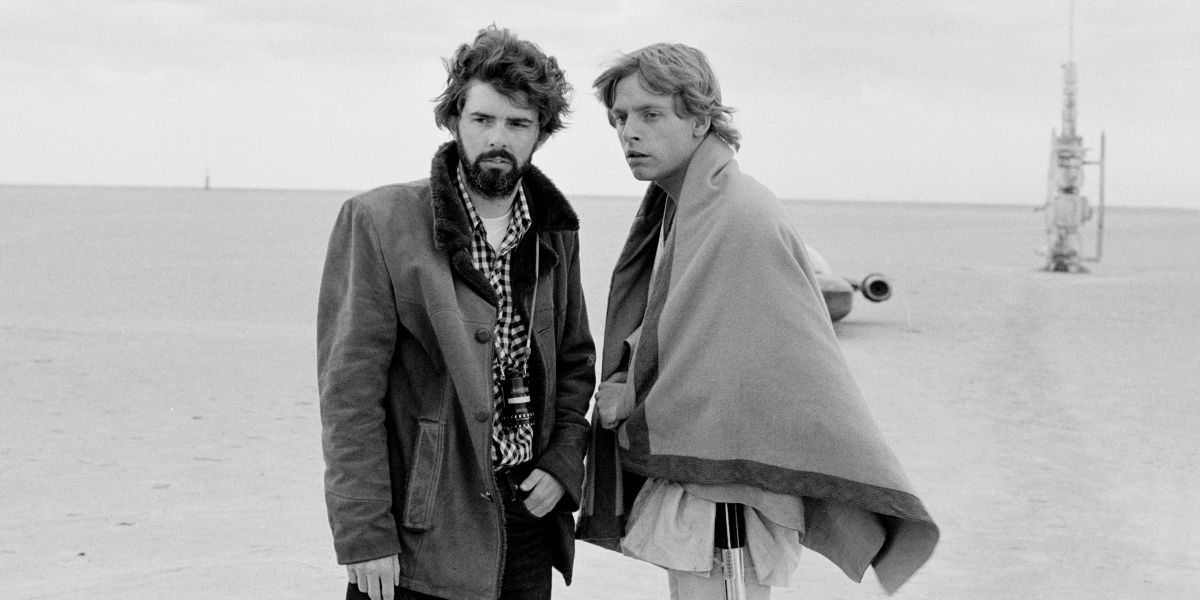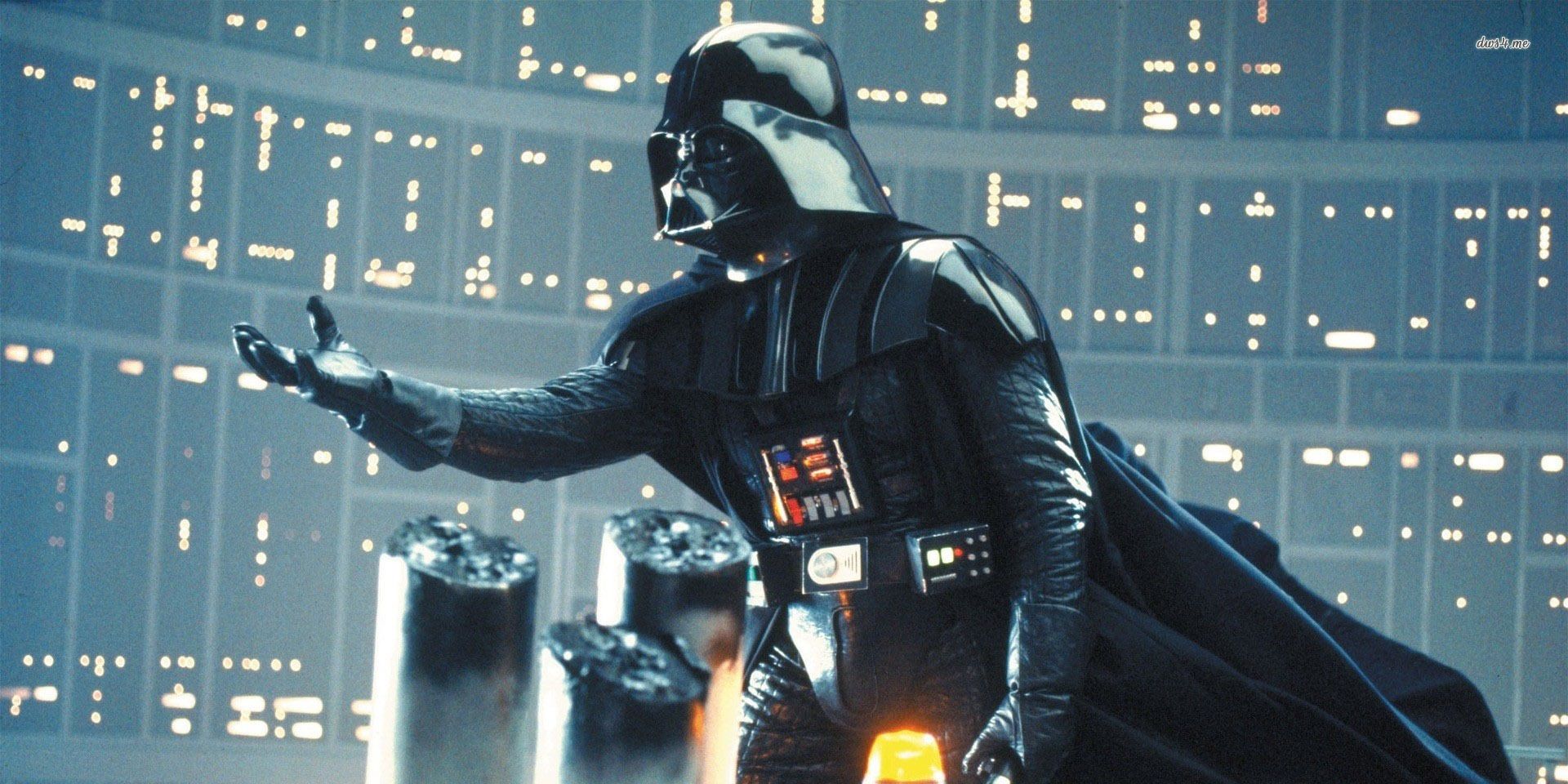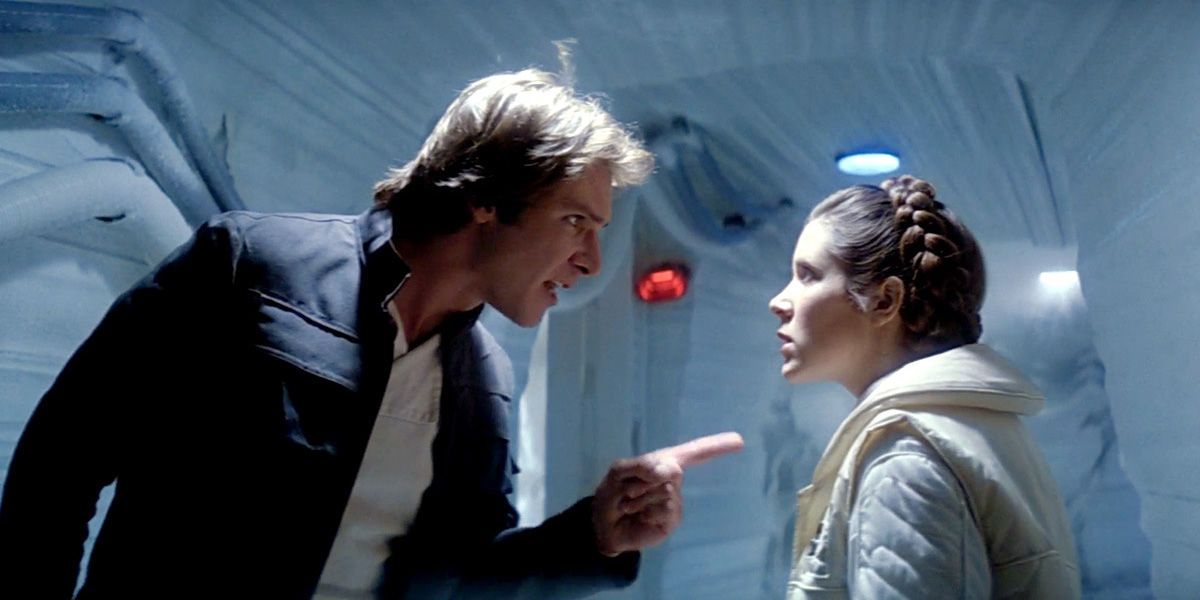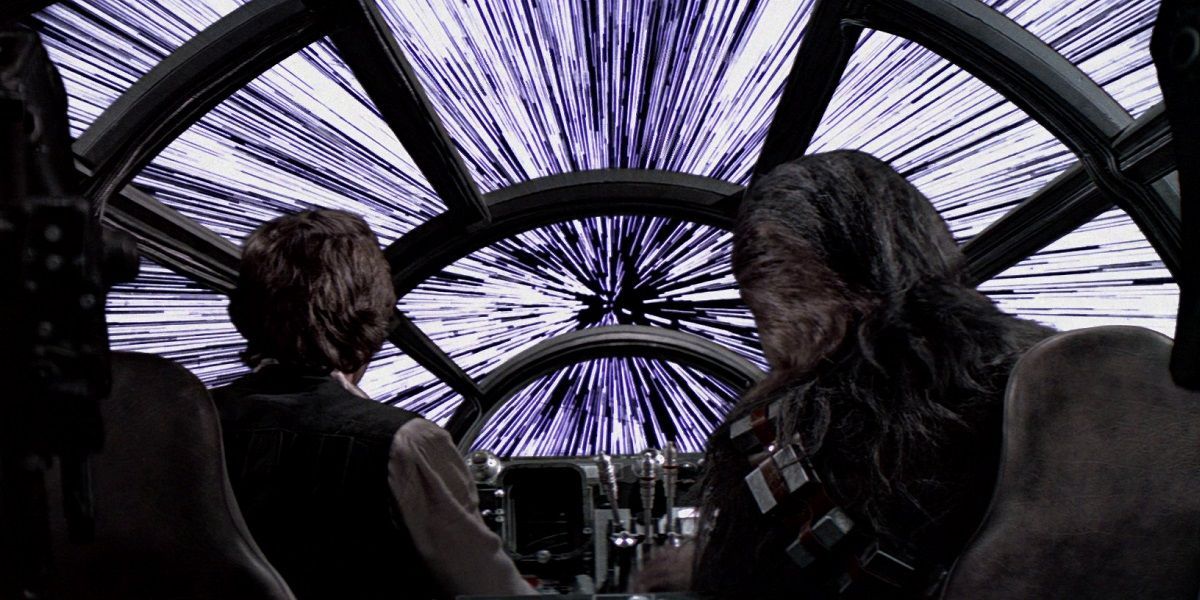The last five years have been bittersweet for Star Wars fans. Following completion of the prequel trilogy, most moviegoers believed that Expanded Universe stories, told across a wide variety of entertainment mediums, would be the only way to experience new Star Wars tales going forward - that is until the surprise announcement that Lucasfilm had been purchased by Disney. Along with the sale, it was revealed that plans were already taking shape for a new trilogy of episodes, set after the events depicted in Return of the Jedi, as well as spinoff stories (now dubbed "Anthology" films).
However, amidst the excitement, Lucasfilm and Disney also dealt a major blow to fan-favorite mythology set in the Galaxy Far, Far Away, by sidelining the Expanded Universe as non-canon "Legends," in order to ensure that Episode 7 director J.J. Abrams, and the parade of filmmakers that would follow with Episode 8 and 9 as well as the anthology installments, would not be limited by storylines, characters, and world-building depicted in decades-old novels, comic books, and video games. The move led to a lot of confusion - but, sadly, the shift from Expanded Universe tales to a fully-fledged Episode 7 (and beyond) wasn't the only time that fans have been confused. In fact, some hardcore Star Wars fans might, unknowingly, have been spreading misinformation for years.
To help readers prepare for The Force Awakens, we're breaking down a few of the biggest misconceptions that some Star Wars fans still get wrong.
Dark Force Wielders Are Not (All) Sith
Previously, we suggested Star Wars fans should watch The Clone Wars and Rebels - since both animated series explore a number of topics that indulge fan curiosity. The Force, in particular, is regularly explored in the animated series - especially the Dark Side. Throughout the six-part film series, George Lucas hammered home the Rule of Two - an ancient doctrine limiting the Sith to only two members at any given time: A master and an apprentice. Combined with the Skywalker-centric story of Luke and Anakin struggling to repel Dark Side temptation, the Rule of Two led many Star Wars fans to believe The Force manifests at black and white extremes - with Jedi on one side and Sith on the other.
However, not all Dark Force wielders are Sith - even within confirmed Star Wars canon. Most notably, the Nightsisters of Dathomir harness the Dark Force in the same way that Earth folklore would suggest witches harnessed Dark Magic - reviving the dead, spell casting, and cursing enemies with sickness. Similarly, Inquisitors in Star Wars Rebels are also not Sith - they're merely Dark Force users trained to hunt Jedi. Plenty of other Dark Force users exist within the Star Wars universe, the Nightsisters and Inquisitors are just two examples, with many "Dark Side Adepts" hiding in plain sight and using their Force-sensitivity in only subtle ways.
Conversely, the Sith is a specific religious sect, with clear-cut tenants, that utilizes the Dark Side in the interest of achieving absolute power - and destroying the Jedi. In the Expanded Universe (now non-canon "Legends"), Sith Master Darth Bane instituted the Rule of Two ("Two there should be; no more, no less. One to embody power, the other to crave it.") to consolidate the orders's power - and ensure the Sith were not distracted by internal disagreements, politics, and in-fighting. While many Dark Force users have aspired to join the Sith, and sub-cults dedicated their actions to serving the Sith, the Sith Order is extremely exclusive.
To that end, this is why J.J. Abrams can claim that Episode 7's Kylo Ren (and the other Knights of Ren) is not actually a Sith warrior - since he, like many Dark Force wielders before him, is presumably just a disciple of the Sith and their aims, especially Darth Vader.
NEXT PAGE: Stormtroopers Are Not Clones
Stormtroopers Are Not Clones
Given the heavy emphasis on Clone Troopers in the prequel trilogy (not to mention the animated Clone Wars show) coupled with similar design aesthetics in Clone and Stormtrooper gear, it's understandable that newer Star Wars fans might be unsure about who is actually underneath Stormtrooper armor. Since many fans assumed Stormtroopers were just Clone Troopers that had been retitled when the Empire replaced the Galactic Republic at the end of Episode 3, some viewers were shocked to discover that John Boyega, not Temuera Morrison, would play a former Stormtrooper (Finn) on the run in Episode 7.
Even though the Star Wars film series never bothered to explore individual Stormtroopers in detail, most Stormtroopers in Episodes 4 - 6 are not former Clone Troopers; instead, they're diverse (though human) individuals from all walks of life. It might come as a surprise to some fans but, even during the events of Star Wars 4 - 6, a very select number of Stormtrooper force were also female - indistinguishable from male counterparts because they wore the exact same armor.
That all said, in the initial years following the Clone Wars, Clone Troopers did fill ranks of the newly formed Stormtrooper Corps but as the Empire grew in power and influence, most aging Jango Fett clones were retired, replaced by a new generation of varied clone soldiers, and later humans that had been conscripted into military service - a matter that is touched upon in Star Wars Rebels, which takes place between the Star Wars prequel and original trilogies. By the time audiences were first introduced to Stormtroopers in A New Hope, few were Jango Fett clones.
Thirty years later, when Episode 7 takes place, it's safe to assume that no Jango Fett clones are left to fight in the First Order Stormtrooper army. Though details are still slim on the formation of The Force Awakens' antagonistic army, it's safe to assume most Stormtroopers are recruited early in life and educated with revisionist history that glorifies the goals of the First Order and demonizes the Resistance - creating fiercely loyal soldiers willing to give their lives for the militaristic ruling body.
George Lucas Did Not Write and/or Direct Episodes 5 and 6
Despite creating one of the most beloved brands in movie history, many fans turned on Star Wars writer/director George Lucas after the filmmaker's divisive prequel trilogy (not to mention heavily altered Special Edition re-releases). As evidenced in Alexandre O. Philippe's documentary The People Vs. George Lucas, fans had become fiercely loyal to the Star Wars brand and felt betrayed by the direction Lucas took the series - to the extent that many still revel in the director's shortcomings rather than relish in his successes.
Nevertheless, Lucas' perceived fall from grace can sometimes be exaggerated - thanks to the erroneous assumption among some Star Wars lovers that the franchise's creator was the only writer and director of the original trilogy (Episodes 4, 5, and 6). If a viewer thought Lucas was the sole scriptwriter and director for Empire Strikes Back, it's a bit more understandable why that same viewer might then be shocked by the filmmaker's handling of Attack of the Clones. However, Lucas only helmed the original Star Wars, tasking Leigh Brackett and Lawrence Kasdan (who returned for Episode 7) to write Episode 5 based on Lucas' story treatment - with direction from Irvin Kirshner. Kasdan would return as the lead writer for Episode 6, though Lucas was again involved in penning the screenplay, with Richard Marquand sitting in the director's chair this round.
While Lucas can be credited with developing the rich and imaginative Galaxy Far, Far Away, success of the original Star Wars trilogy wasn't the product of unilateral decision making; instead, some of the best elements of Episode 5 and 6 can be attributed to artistic collaboration - where talented writers and directors took what Lucas started to the next level. It wasn't until Episode 1: The Phantom Menace that Lucas decided to retake writing and directing duties - jobs that he would retain throughout production on Episode 2 (with assistance from screenwriter Jonathan Hales) and Episode 3 as well.
Juxtaposed against the collaborative spirit of the original trilogy, the prequels were (for good and bad) the movies that Lucas wanted to make - with very few compromises made between page and screen. Still, Lucas would take criticism to heart (and second-guess his own decisions) to the extent that the Star Wars franchise has often been a burden for the filmmaker. With mixed reception for The Phantom Menace, Lucas nearly chose not to return for Attack of the Clones - and the filmmaker only completed his final Episode 2 shooting script one week before filming. Scripting Episode 3 was equally draining, resulting in significant overhauls to the Revenge of the Sith story (compared to what Lucas had originally conceived).
Given these personal struggles paired with challenging demands from the fan community, it's easy to understand why the filmmaker has stated, on more than one occasion, that making Star Wars films simply is "not much fun."
Next Page: Luke, I Am Your Father
Iconic (But Misquoted) Lines
Darth Vader Never Said "Luke, I Am Your Father."
It's one of the most famous lines in Star Wars canon but most people get it wrong. At no point in the Star Wars saga does Darth Vader actually say: "Luke, I am your father." Instead, this is how the exchange actually plays:
Darth Vader: Obi-Wan never told you what happened to your father.
Luke Skywalker: He told me enough! He told me you killed him!
Darth Vader: No. I am your father.
You can watch the actual dialogue in the video below:
There's no concrete explanation for why "Luke, I am your father" became so widespread. However, the error was repeated often enough that it actually made it into official Star Wars products: most notably, The Empire Strikes Back audio drama (in which Vader states "No, Luke. I am your father.").
Leia Never Said "I'd Rather Kiss a Wookiee."
"No. I am your father" isn't the only line from The Empire Strikes Back that fans misremember - often misquoting a humorous exchange between Han Solo and Princess Leia. During the Battle of Hoth, Han Solo accuses Leia of making up false excuses to keep him around - suggesting that she has feelings for him. When Han teases Leia about a goodbye kiss, many fans quote the Princess as stating: "I'd rather kiss a Wookiee."
However, the actual exchange is slightly different:
Han Solo: Afraid I was gonna leave without giving you a goodbye kiss?
Princess Leia: I'd just as soon kiss a Wookiee.
Han Solo: I can arrange that. You could use a good kiss.
Watch the scene in context below:
Leia isn't the only one that gets misquoted in the scene, as fans often think Solo suggested that Chewbacca is in need of a good kiss ("He could use a good kiss.") instead of what the Millennium Falcon rogue actually says: "You could use a good kiss," referring to Leia.
Parsecs Are a Measurement of Distance
Not so much the fault of fans as a mistake in the actual dialogue of Episode 4, parsecs are not a measurement of time - they're a measurement of distance. Specifically, parsecs are used to measure the distance to objects outside of Earth's solar system (1 parsec is roughly 19 trillion miles). Fans have attempted to explain Han's (potentially incorrect) assertion that the Millennium Falcon "made the Kessel Run in less than twelve parsecs" with complicated astrophysics - suggesting the pilot was able to navigate the Kessel Run in a shorter distance than other ships by flying close to black holes (thus reducing the distance and time necessary for a complete trip).
Still, George Lucas has never commented on the controversial parsec line and, whether right or wrong in the context of the film's fiction, plenty of fans continue to incorrectly associate the measurement with time rather than distance.
MORE: Star Wars: Episode 7 – The Force Awakens Character Guide
Star Wars: Episode VII – The Force Awakens releases in theaters on December 18th, 2015, followed by Rogue One: A Star Wars Story on December 16th, 2016, Star Wars: Episode VIII on May 26th, 2017, and the Han Solo Star Wars Anthology film on May 25th, 2018. Star Wars: Episode IX is expected to reach theaters in 2019, followed by the third Star Wars Anthology film in 2020.

